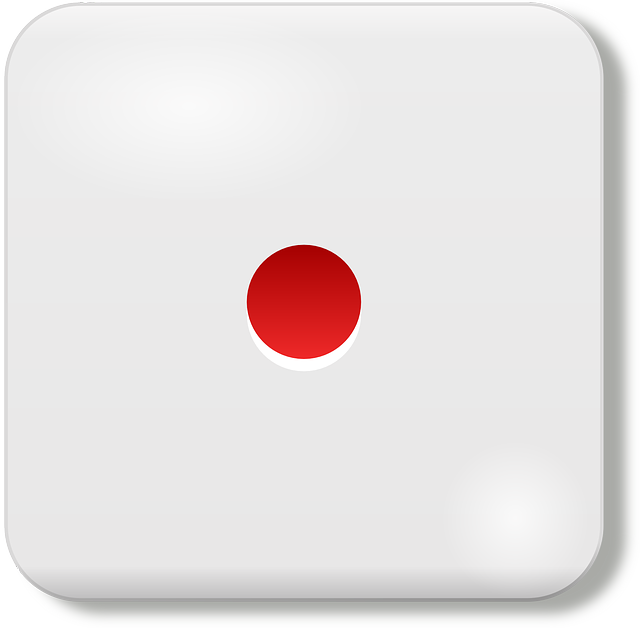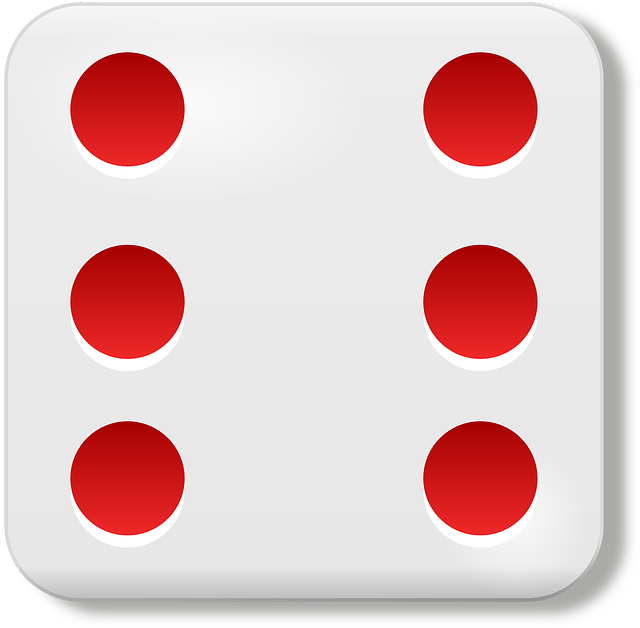 for each of these there must already be one or more cubes in an adjacent square.
for each of these there must already be one or more cubes in an adjacent square.
In the sense that everything the players can do is on the board of 64 squares, each containing an action which the player can choose as a turn. They put one of their cubes into a square that does not already contain a cube, and do what the icons in the square suggest.
A square may contain requirements or rewards or both, as a line of icons, requirements on the top line if there are both.
 for each of these there must already be one or more cubes in an adjacent square.
for each of these there must already be one or more cubes in an adjacent square.
 for each of these the player must pay one coin.
for each of these the player must pay one coin.
 to use this square the player must be the current sole leader in victory points held.
to use this square the player must be the current sole leader in victory points held.
 for each of these the player gives one coin to the previous player.
for each of these the player gives one coin to the previous player.
 for each of these the player gains one coin.
for each of these the player gains one coin.
 for each of these the player gains one victory point.
for each of these the player gains one victory point.

 playing here requires paying as many coins as currently shown on the die, gaining that many victory points, and turning the die to the next higher number. Playing this when the die is already showing 6 ends the game after paying the coins and taking the victory points.
playing here requires paying as many coins as currently shown on the die, gaining that many victory points, and turning the die to the next higher number. Playing this when the die is already showing 6 ends the game after paying the coins and taking the victory points.
 playing here first resets the 4 x 4 board it's on, returning all cubes from that board to their players. It then gives the player another turn to place a cube on the same 4 x 4 board as normal, except for ignoring all adjacent cube requirements.
playing here first resets the 4 x 4 board it's on, returning all cubes from that board to their players. It then gives the player another turn to place a cube on the same 4 x 4 board as normal, except for ignoring all adjacent cube requirements.
 playing here allows playing another turn on a square that already has exactly one cube, of the same player. This will leave that square with two cubes, so not available for another recycling.
playing here allows playing another turn on a square that already has exactly one cube, of the same player. This will leave that square with two cubes, so not available for another recycling.
There is a die that starts the game set to 1 and is turned to higher values when the die squares are played. The game ends when the die is played at value 6, and the winner is then the player with the most victory points.

|
 
|
  
|
 |
 |

|

|
 
|
 
|

|
  
|
|

|
 |
 
|

|
 
|

|

|
 |
 
|
 
|
  
|
 
|
 
|

|

|
 |

|
 |

|
 
|
 
|

|
|
  
|

|

|
 
|
 |

|
 
|
 
|

|
 |
  
|

|
 
|

|
 
|
|
 |

|

|
 
|
 
|

|
  
|
 
|

|
 |
 
|

|